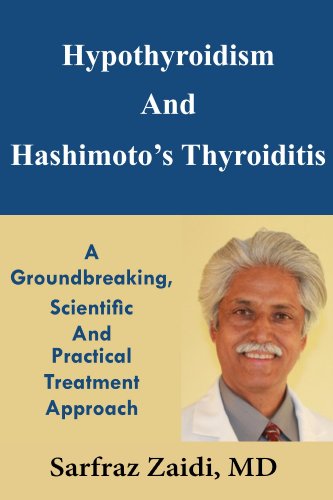4 Top Tips For Exercising With Hypothyroidism
Hypothyroidism is an unpleasant disorder that develops when your thyroid gland starts to produce abnormally low levels of thyroid hormones. It has a number of nasty symptoms including constipation, depression, tiredness and weight gain. The good news is that staying active can combat many of these negative side effects and even treat hypothyroidism. The bad news is that due to the nature of hypothyroidism, exercising while dealing with this disorder can be difficult. In this article I’m going to be taking a deeper look at exercise and hypothyroidism and discussing four top tips you need to follow when starting a workout plan.
1) Workout With A Friend
Working out with a friend is one of the less obvious tips to follow if you suffer from hypothyroidism and want to exercise. However, one of the main symptoms of hypothyroidism is depression. Depression has a direct effect on your motivational levels, so if you workout alone and become depressed, you’re likely to stop exercising altogether.
By working out with a friend you have someone to help and support you every step of the way. Even if you become depressed, a close friend will be able to motivate you and give you the push you need to carry on exercising and treat your hypothyroidism.
2) Start Off Slowly
Another important tip when exercising with hypothyroidism is to start off slow. Hypothyroidism has a negative impact on your energy levels and if you overexert yourself in the early stages, you’ll find that you’re exhausted for days and days after your initial workout. However, by working out at a low intensity when you’re just getting started, you can enjoy an effective workout without tiring yourself out.
3) Incorporate Cardiovascular & Resistance Training
One mistake many people make when starting an exercise program is that they stick to one type of exercise and don’t vary their approach. This means that while you may achieve good results in certain areas and minimize certain symptoms of hypothyroidism, you will be neglecting other areas and won’t be getting the maximum results from your fitness training.
To fix this, you need to ensure that your workout plan incorporates both cardiovascular exercises (such as cycling, jogging and walking) and resistance exercises (such as bicep curls, chest presses and squats). The cardiovascular exercise will help you combat the weight gain associated with hypothyroidism (by burning more calories) and increase your energy levels (by improving your fitness) while the resistance training will strengthen your muscles and prevent the weakness, muscle aches and muscle pains that are linked with hypothyroidism.
4) Be Consistent
One final tip for exercising with hypothyroidism is to be consistent. To get positive results from an exercise program, you need to be doing at least 30 minutes of exercise per day and it will take a few weeks before you start to see the benefits of exercise on your hypothyroidism. However, if you stick with it, the benefits will come and in the long term it’s definitely worth it.
Summary
Trying to workout when you have hypothyroidism is difficult and you may not feel like doing it. However, if you follow the four tips in this article, you’ll find that exercising with hypothyroidism becomes much more manageable and also that you get much better results from it. So go grab a friend, put together a workout plan and start treating your fibromyalgia with exercise today.






